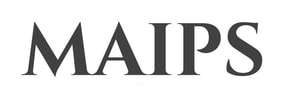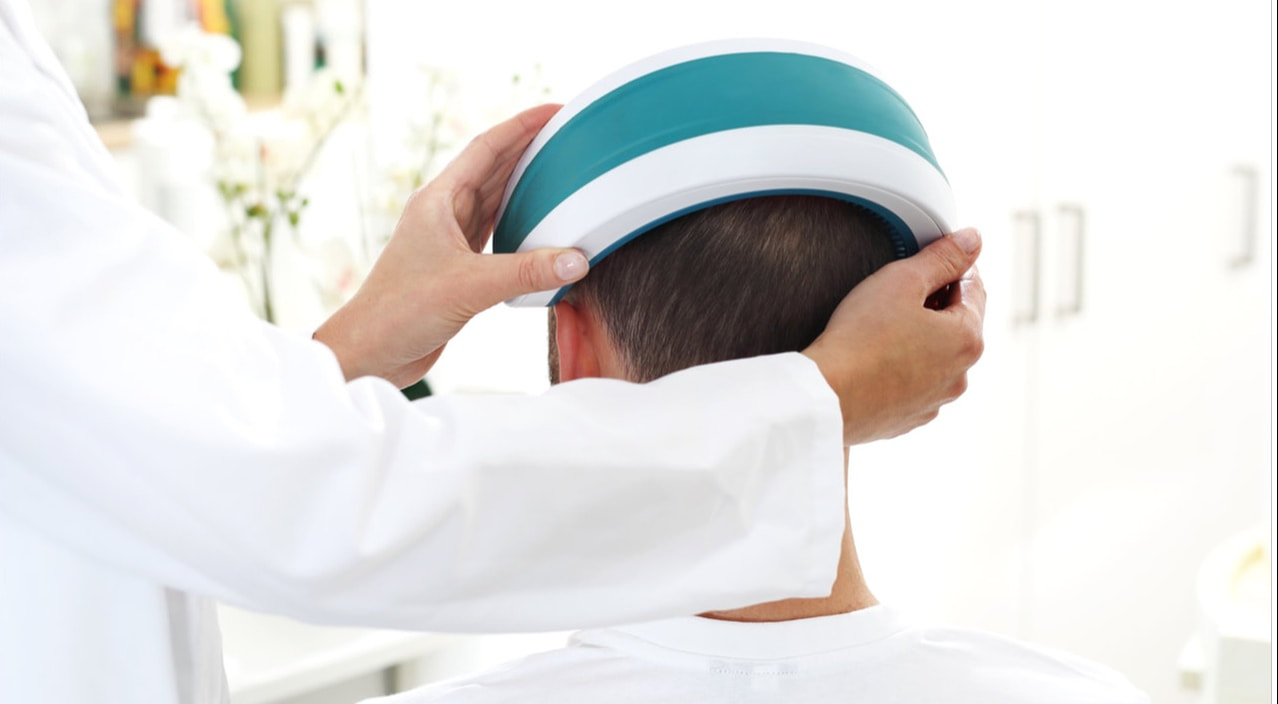Low Level Laser Therapy (LLLT) and Light Emitting Diodes (LED) in Treatment of Hair Loss
|
Low Level Laser (LLL) and Light Emitting Diodes (LED) stimulate hair follicles and are used in hair loss treatment. Most of the studies on the effectiveness of LLLT and LED have been done for androgenetic alopecia. |
The mechanism of action of LLLT and LED is similar, but LED treatment is milder due to the type of light it emits.
In studies of pain management and skin rejuvenation, LED and LLLT results were somewhat comparable (Heiskanen, 2018). The effectiveness of LED for the hair loss is even less studied than the effectiveness of LLLT.
Some devices that use combined LLLT and LED showed up to 37% improvement in hair growth.
The advantage of using LLLT and LED is that they are completely pain free and non-invasive.
What LLLT and LED are
Effectiveness in Hair Loss Treatment
What is the treatment like and what to expect
LLLT and LED Summary. Pros and Cons. LLLT vs LED
References
In studies of pain management and skin rejuvenation, LED and LLLT results were somewhat comparable (Heiskanen, 2018). The effectiveness of LED for the hair loss is even less studied than the effectiveness of LLLT.
Some devices that use combined LLLT and LED showed up to 37% improvement in hair growth.
The advantage of using LLLT and LED is that they are completely pain free and non-invasive.
What LLLT and LED are
Effectiveness in Hair Loss Treatment
What is the treatment like and what to expect
LLLT and LED Summary. Pros and Cons. LLLT vs LED
References

